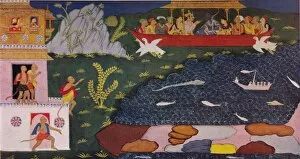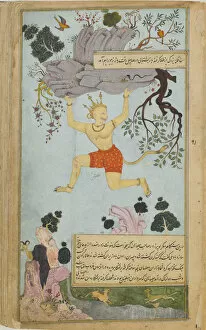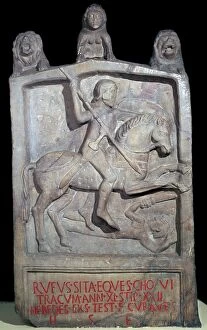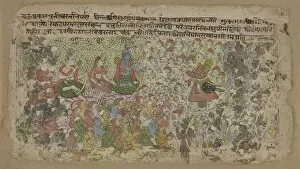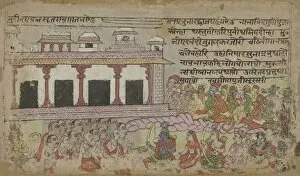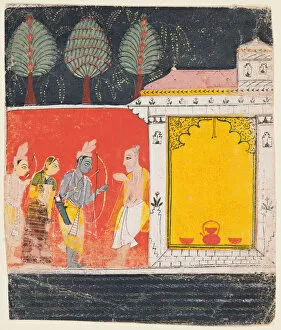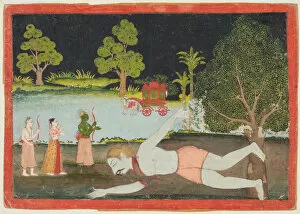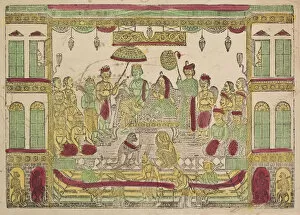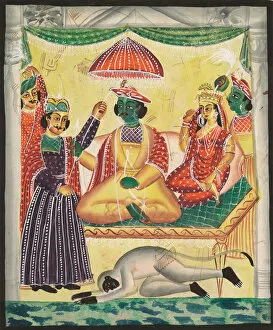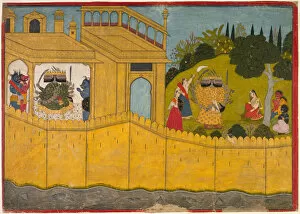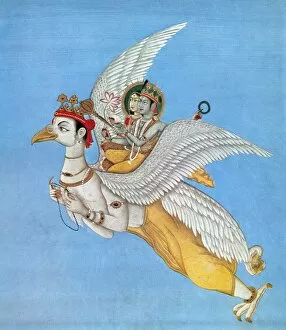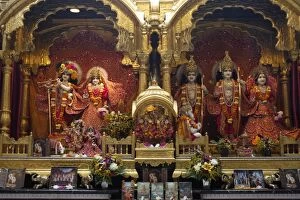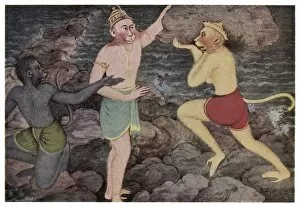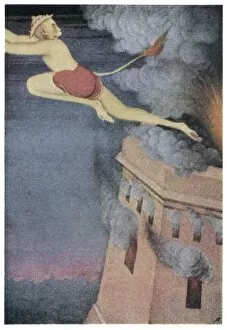Sita Collection (page 2)
"Sita: The Divine Consort and Symbol of Devotion" In the enchanting realm of Hindu mythology, Sita stands as a revered figure, embodying grace, strength
For sale as Licensed Images
Choose your image, Select your licence and Download the media
"Sita: The Divine Consort and Symbol of Devotion" In the enchanting realm of Hindu mythology, Sita stands as a revered figure, embodying grace, strength, and unwavering devotion. As we gaze upon the captivating picture of Laksman, Rama, Sita, and Hanuman - the epitome of divine harmony - our hearts are transported to India's vibrant landscapes. Traveling further east to Indonesia's Bali, we encounter a mesmerizing stone relief depicting the timeless tale of Rama and Sita. This intricate artwork showcases their eternal love amidst challenging circumstances. "Sita Finds Rama" captures a pivotal moment in the Ramayana epic when Sita bravely ventures into unknown territory to reunite with her beloved Rama. Her determination serves as an inspiration for all who face adversity. The valiant Jatayus fighting against the formidable demon king Ravana reminds us that courage knows no bounds. This scene symbolizes loyalty and sacrifice in its purest form. A stunning painting from Jaipur transports us back to 1800s India where opaque pigments adorned with gold bring life to Rama and Sita's divine connection. Their love story transcends time itself. Hanuman's unwavering dedication is beautifully portrayed in his depiction alongside Lord Rama. Together they exemplify friendship and loyalty that knows no limits or boundaries. Sitia Harbor on Greece's picturesque island of Crete offers a different perspective on "Sita. " Here she becomes synonymous with tranquility as we witness her name gracing this serene coastal town. The Balinese color on canvas rendition of Ramayana takes us deep into Indonesian culture where vibrant hues tell tales passed down through generations. It celebrates not only Sita but also the rich heritage she represents. "The Celestial Chariot, " painted centuries ago using opaque watercolors embellished with gold on delicate paper evokes awe-inspiring beauty while reminding us of Sita's celestial origins.

